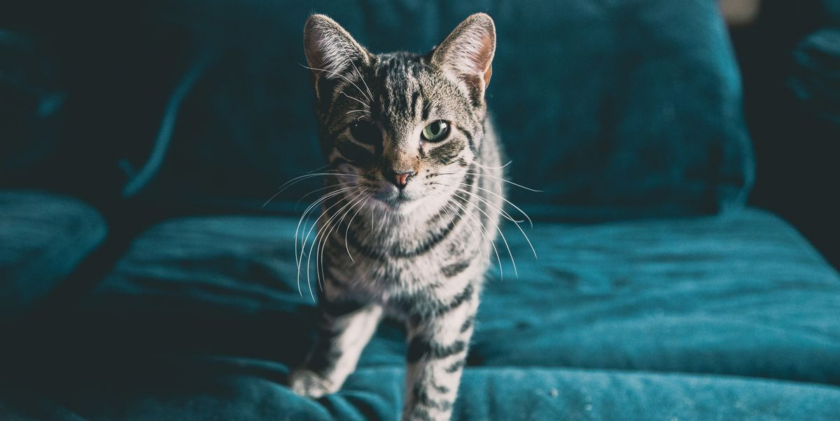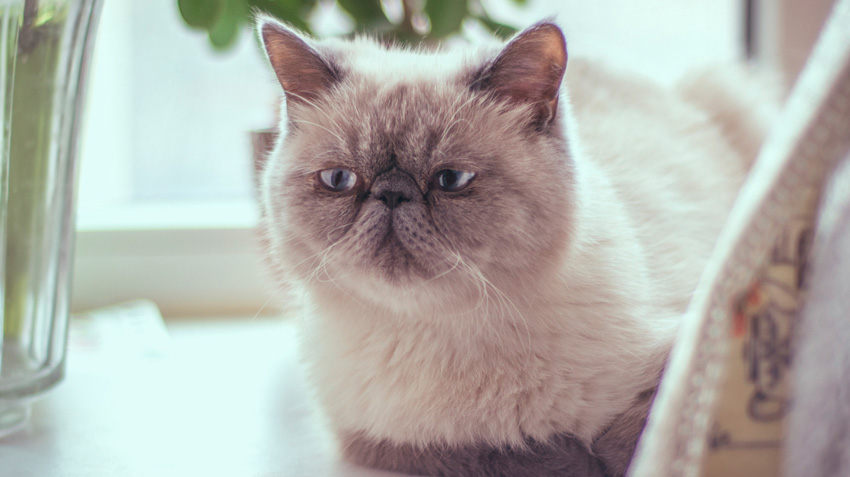Many people are warming up to the idea of having pets; whether cats or dogs. They are not only for comfort but also for security.
Different breeds classify these pets. They are mostly classified according to their characteristics. This includes their physical appearance, strengths, unique temperament, quirks, and more.
You have to consider many factors and consider other family members before you bring one to your home. Suppose you are living with someone who is allergic to fur, it is advisable to get a pet with little to no fur.
Let us discuss the characteristics that differentiate the cat breeds depending on physical appearance. You can also read through cat breed information guide to know much about a particular breed.
Cat breeds and types with bent ears
There are four breeds under this physical characteristic;
- American Curl
Its ears are unusual. The ears curl back from the face towards the centre of the back of the skull. If roughly handled, it may damage the ears’ cartilage. Other than the ears, they are a healthy breed. However, their ears must be frequently cleaned to prevent infections.
- Highlander Cat
It is a new breed and is also known as the Highlander shorthair. They are a cross between the Desert lynx and the Jungle curl. Their ears are upright with a slight curl and turn in the backward direction. They are either bobtailed or short-tailed with spotted markings. Highlanders have a long sloping forehead with a very wide nose. They are very healthy and are fond of water.
- Scottish Fold
They also go by Coupari, Longhair fold, and Highland fold. They have an owl-like appearance because their ears are folded, bending forward and down towards the front of the head. It is so because they have a gene mutation that is dominant and affects cartilage all over the body. Kittens from this breed that do not develop folded ears are called Scottish Straights.
- Ukrainian Levkoy
They have inward-folding ears. They also have little to no hair. Ukrainians are medium-sized with a long body that appears muscular and slender. They appear wrinkled because of their very soft and elastic skin.
- Hairless Cat Breeds
There are quite many hairless cats. Let us discuss some;
- Bambino
They are usually hairless with short legs and large upright ears. However, some Bambinos have fur and are referred to as coated Bambinos. Grooming and baths are recommended to avoid excessive dirt, oil, stickiness, and skin conditions. They are indoor cats because their skin is vulnerable to temperature and sun.
- Peterbald
Peterbalds have a gene for hair loss. They can be born either bald, flocked, velour or with a straight coat. Except for those with straight coats, any other born with hair lose them over time. They are affectionate, curious, smart and energetic. They peacefully live with other cats and children.
- Sphynx Cat
Sphynx can either have fine hairs or be completely hairless. Cat markings may be found on their skin and their colour is that of what their fur would be. They lose body heat quickly hence making them seek warm places. They are curious, energetic, intelligent, and affectionate to their owners.
Other types of hairless breeds are Lykoi, Minskin, and Mexican hairless cats. Read more insights here https://www.msdvetmanual.com/cat-owners/description-and-physical-characteristics-of-cats/description-and-physical-characteristics-of-cats.

- Cat breeds and types with short legs
These types can either have two or four unusually short limbs. They are;
- Dwarf Cat
It is a domesticated cat with a dwarfing condition. The condition is a genetic mutation. They have noticeably shorter and thicker limbs as compared to other undersized cats.
- Minskin
It has short legs and a fur-pointed coat. Minskins have medium-sized bodies, large ears, rounded heads, and spaced-apart large and round eyes. They are affectionate and playful but not destructive. They can live with other cats too and thrive on human affection especially children.
- Munchkin Cat
Also known as the Sausage cat. Their hind legs are slightly longer and bowed than the front legs. They have a moderate body type and come in all coat colours and patterns.
- Squitten
It has a genetic deformation that causes partial formation or complete absence of the radius bone. It has short forelegs and normal-length hind legs making it resemble a squirrel or kangaroo. Squittens are characterized by a short radius, extra front toes, and a twisted or absent ulna.
- Breeds with suppressed tails
They have a genetically shortened or absent tail. They include;
- American Bobtail
It is identified by its stubby bobbed tail that is half or a third of a normal cat’s. The tail can either be straight or curved, slightly knotted or have bumps. Their coat colour is shaggy and comes in all colours. Their eyes can also be of any colour.
- Cymric
It has a sturdy bone structure with an unusually rounded appearance. Their eyes are large with the ears widely spaced. Cymrics have different types of tails.
- Rumpies- are born with absolutely no tail but a dimple in the place of their tails.
- Rumpy-risers- have a short tail made of one to three vertebrae.
- Stumpies- have a short tail stump that is a third of the normal tail length. Click here to read more.
Conclusion
You must know the various breeds even though they are quite many. It will help you determine what type of cat you want to keep. Some breeds are indoor cats that cannot be left outside because of their different conditions. Knowing the categories they fall into will also be a great determinant especially when you have children in your home. In addition to that, you must learn how to bathe and groom your cats to improve their health.
